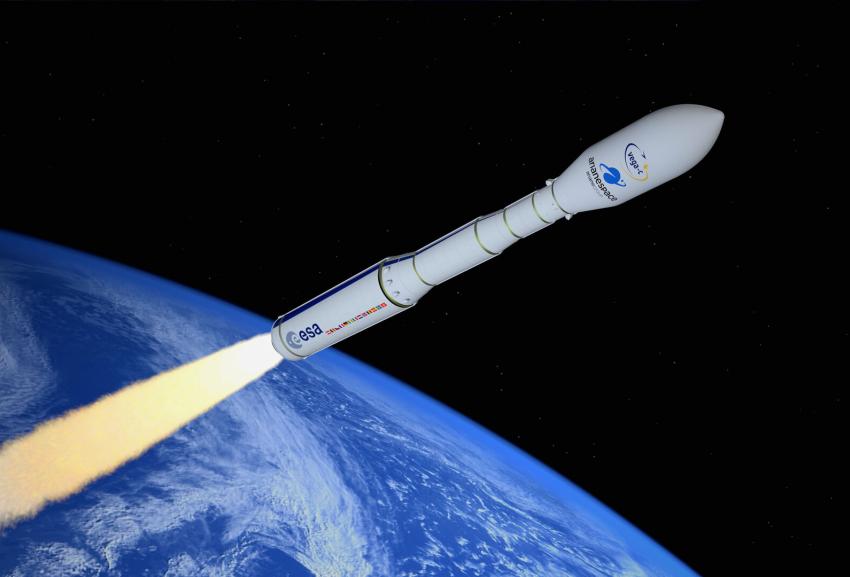
Following a “textbook” lift-off from the spaceport of Kourou, French Guiana, Vega C, the European launcher designed and manufactured under the coordination of the Italian Space Agency (ASI), has successfully completed its maiden flight.
The launcher, built by Avio in its Italian plant in Colleferro, carried the LARES2 satellite for geodetic studies and 6 CubeSats, including AstroBio and Greencube, which were manufactured for the ASI by the National Institute for Astrophysics (INAF) and Sapienza University of Rome.
“With the success of the maiden flight of Vega-C,” said ASI president Giorgio Saccoccia, “Europe equips itself with the first of a new generation of more efficient and flexible carrier rockets to better meet the needs of the commercial and institutional satellite market, which is more and more challenging at the international level. At the same time, Italy, which is heading a European supply chain in the context of the ESA and the Vega programme, enhances even more its positioning in the space transport sector, thanks, in particular, to its own industry guided by the prime contractor of Vega-C, Avio. Finally, this is a double success for the ASI and for Italy, since they have put into orbit the LARES2 satellite, keenly awaited by the scientific community of fundamental physics, another sector of excellence for our country.”
Compared to its predecessor, the new Vega C launcher features a new, more powerful first stage (P120C), second stage (Zefiro 40) and fourth stage (AVUM+), as well as a higher load capacity, increasing from 1.5 to about 2.2 tons in a polar orbit. In addition, the AVUM+ upper stage has a higher liquid propellant capacity to deliver payloads to multiple orbits during the same mission, depending on market requirements, and to allow longer operational time in space and more extended missions.
Source: ASI

